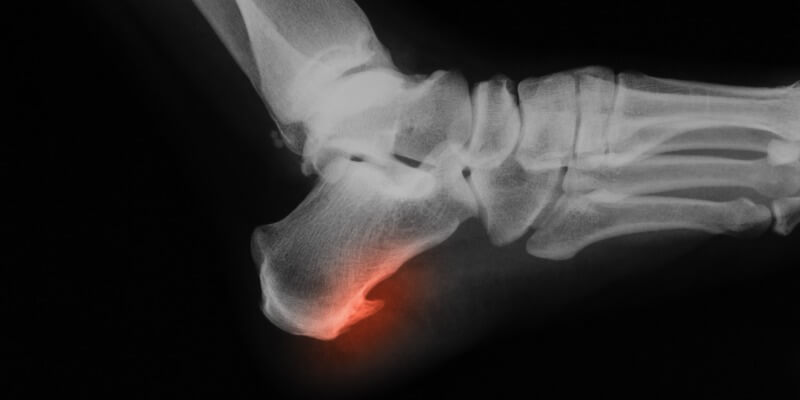3 Types of Bone Spur Treatments
Bone spurs or osteophytes may occur in many places, including your heels, ankles, and toes. The smooth, hard bumps of extra bone usually develop in joints and are primarily caused by inflammation. Symptoms range from pain and swelling to redness, loss of motion, difficulty walking, and stiffness in your ankles and toes. Here’s a look at three types of bone spur treatments you can get from a foot and ankle institute:
Conservative Treatments
Treatment options for bone spurs range from over-the-counter pain relievers and home remedies to surgery. Mild cases are treated with rest and physical therapy, while severe spurs usually require corrective surgery. Your foot and ankle institute might suggest reducing or modifying activities to relieve pain and stress on the affected area. Physical therapy may involve medications, massages, ice treatments, and light exercises, such as stretching. The therapy improves flexibility and strengthens the muscles and joints to relieve pain. Ice therapy reduces swelling and pain. Medications can include NSAIDs, such as naproxen and ibuprofen, and corticosteroid injections used to provide temporary relief.
If you’re overweight, losing some weight helps to relieve the pressure and pain caused by bone spurs. Regular low-impact exercises, such as stretching and walking, can improve circulation and support joint health and flexibility. Doctors also use extracorporeal shockwave therapy to treat bone spurs caused by damaged plantar fascia tissue. The non-invasive treatment uses sound waves to promote healing. Other non-invasive treatments include ultrasound-guided injections used to relieve pain and inflammation. If conservative treatments don’t provide relief, your doctor might recommend assistive devices or surgery.
Assistive Devices
Foot and ankle doctors usually recommend orthotics and night splints or braces to relieve pain for mild to moderate bone spurs. Night splints help immobilize joints, reducing strain, pain, and inflammation. Braces are used during sleep to treat plantar fasciitis, which tends to worsen at night. Splints stretch the plantar fascia, which usually relaxes when you sleep. Using splints and braces could reduce morning heel pain.
Orthotics are custom shoe inserts made of silicone. The inserts provide cushioning for your heel and improve alignment to distribute weight evenly across your feet. Orthotics also work to relieve ligament and muscular tension as you walk. If orthotics and insets don’t provide relief, your doctor may recommend custom shoes built to provide support and padding. The shoes have a firm rearfoot, flexible forefoot, and supportive heel cup to reduce strain and heel slipping. Orthotic shoes also facilitate smooth forward motion that aligns with your gait. Inserts and shoes can be used alongside conservative treatments and surgeries to improve comfort.
Surgical Interventions
Severe bone spurs or conditions that don’t improve with conservative treatment and orthotics likely require surgery. Your foot and ankle surgeon can perform a plantar fascia release, which involves removing the bone spur. The surgeon also partially cut the ligament connecting your toes to your heel bone to relieve tissue tension. Surgery is recommended if the spur causes significant pain or impairs your joint function. Your doctor could also perform gastrocnemius recession to lengthen the gastrocnemius muscle in your calf. The surgery is used in cases where the plantar fasciitis limits your range of motion and doesn’t improve with stretching exercises or splints.
Surgery can involve arthroscopy, which is a minimally invasive procedure featuring small incisions to access the affected joint. Open surgery is more invasive but may be required, depending on the location of the bone spur. Surgery is also used to remove corns that cause deformity between or on your toes. If you’ve undergone surgery, avoid heavy lifting, running, jumping, and other activities that put excessive stress on your feet. Stay away from intense physical activity until your surgeon confirms that your joints are ready.
Find a Reliable Foot and Ankle Institute Today
Bone spurs occur in many places, especially the heels and ankles, which are subjected to strain from your body weight. If you experience pain, redness, swelling, or other signs of bone spurs, speak to a specialist as soon as possible. Contact a foot and ankle institute today for professional diagnosis and treatment.







